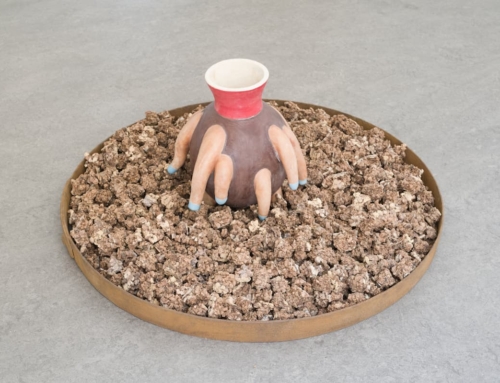(A comment for Cumulus, the European association of design schools).
In order to do things differently, we first need to see things differently; the imaginary can be extraordinarily powerful in shaping expectations.
In order to do things differently, we first need to see things differently; the imaginary can be extraordinarily powerful in shaping expectations. New services and systems will be needed to support new ways of living; we need to develop a shared vision of what an improved quality of life for Europe’s citizens would be like. The problem is that traditional visions of the future tend to be filled with gadgets and devices – with more artificial life than real life. Goethe warned us about this problem back in 1817 when, writing about technological visions of the future, he warned that “one faces the danger of seeing, and yet not seeing”. New technology is the means to deliver services, not an end in itself. Technology requires the cultural imagination in order to emerge as economic and social success.
The artist’s critical intuition, and the designer’s powerful representations, can help us helps us shift our focus away from the material world and its artefacts, towards alternative future ways of living based on new concepts of culture and community. We know this from what happened during the last quarter of the nineteenth century, which was seething with possibilities. The motion picture industry is a vivid instance of how a nineteenth century technology simultaneously gave form to, and was shaped by, artist-driven conceptions of space and time and event. Cultural enthusiasm for speed and simultaneity pre-dated the technology of film, together with the telephone and phonograph, that later extended our perception of events and locations beyond their physical and temporal bounds. (William Uricchio).
